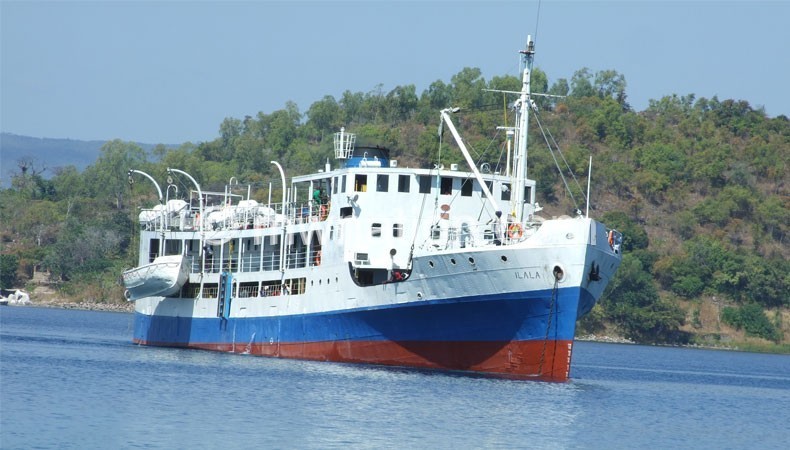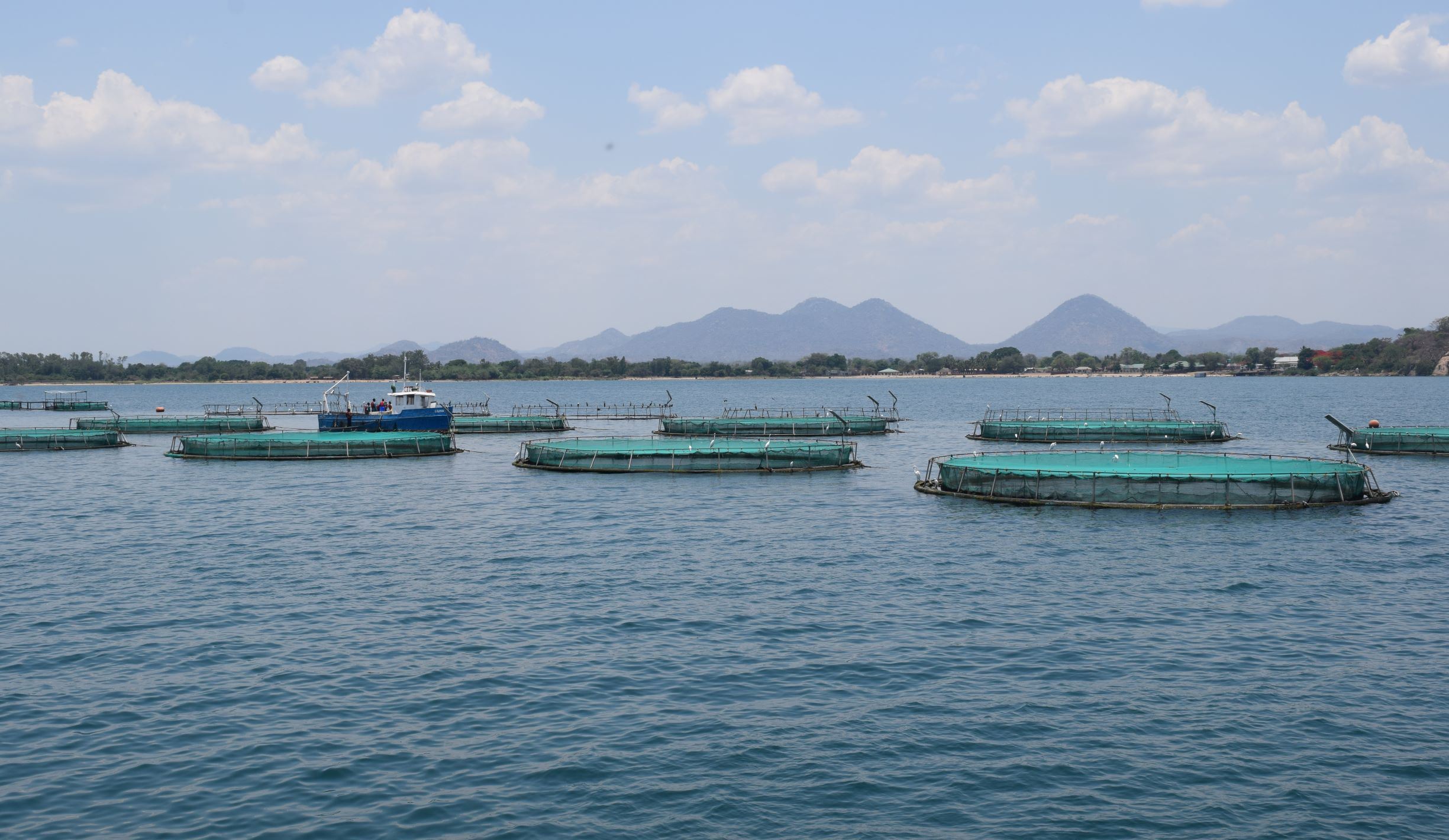Water, sanitation poverty despite closeness to Lake Malawi
Lake Malawi stretches across five of the six Traditional Authorities (T/As) in Nkhotakota. The close resource, presents the district with an opportunity to exploit it to have an edge over other districts.
One area which could be exploited is eradication or mitigation of water and sanitation woes. However, people in the district are engulfed with water and sanitation poverty because they are failing to fully utilise the unique resource.

People in the district are grappling with low access to potable water at household and institutional levels such as health centres, including those having maternity services.
Evelyn Mwale from the area of Senior Chief Kanyenda in Nkhotakota says her daughter delivered in August 2014 amid water shortages at Ngala Health Centre, which is served by a borehole characterised by intermittent water supply.
“When women from the maternity section at the health centre face such challenges they resort to going to Lake Malawi which is a few metres from the health centre to clean themselves and their clothes.
“At the lake, men chase the women once they realise that they have just delivered, arguing that the women contaminate the water, which some people use for drinking after boiling. When we had gone to the lake, we faced similar challenges,” says Mwale.
She says when they failed to use the lake, they went to Luluzi River.
This was a risky course of action as each year Nkhunga Police registers cases of crocodile attacks in the river with some people losing their lives.
For drinking, she says she draws water from an unprotected well, but animals do not use the well.
“We travel long distances to fetch water and we boil it before drinking. This is a daunting task for old people like me,” says Mwale.
Esnart Phiri says she was also chased at the lake when she had gone there following delivery in 2013 at the water shortage-stricken Ngala Health Centre.
Sanitation woes have compounded water poverty as considerable population in the district, especially along the lake, does not have toilets and open defecation is high. According to 2008 Population and Housing Census, 16 percent of the population in the district had no toilets.
University of Malawi’s Polytechnic senior Lecturer in environmental health department Save Kumwenda says open defecation is prevalent along the lake because some areas are sandy and latrines collapse every rainy season. He says people become tired of digging new latrines each year.
“The other reason is that fishers spend most time in the lake and defecate there. This creates behaviour, among others, to discover that waters can also be used for defecation,” says Kumwenda.
He says this can be dealt with by implementing community-led total sanitation projects and then let community come up with strategies of making their latrines stay long by either building from the bottom of the hole or inserting a woven basket to support the walls.
“They may also choose to use ecosan latrines, which are built from the ground and do not require digging. At district, you may encourage pour flush latrines which use less water,” he says.
Water poverty is well pronounced in Nkhotakota such that it was a number one priority in 2010-2013 district development plan (DDP) and it is still the number one priority in 2014-2020 DDP.
What is most throbbing to the residents is that they are facing water poverty despite being close to water bank of Lake Malawi. They are among the 786 million people trapped in water poverty in developing countries.
According to 2006 UNDP human Development Report, a typical person among the 786 million trapped in water poverty in developing countries is forced to rely on five litres of unsafe water a day, yet their counterpart in high income European country is likely to consume up to 30 times that amount of clean water.
Kumwenda says the lake is a very good resource for the people and the only barrier is lack of resources to pump the water since the lake is always at low altitude than the surrounding area where people live.
“This makes pumping the only option to provide water from lake to the households which is costly. This is why people living in borders of the lake face water problems.
“If you use a river from the mountains, usually the water is from high altitude and all it requires is treatment and can then be distributed to households using gravity and is cheaper than pumping using electricity,” he says.
In the face of energy problems in Malawi, people bordering the lake cannot currently rely on pumping to mitigate low access to potable water. So what can they do?
Kumwenda says boreholes are the viable solution for rural areas bordering the lake because of the current maintenance mechanisms but for a district, the best option is to have resources for pumping and treating water from lake and then distributing it through pipe network.
He highlights that affordable technologies can be used to tap water from the lake and treat it for consumption including having sand filters so that suspended matter should be removed and then either add Waterguard or boil it.
“Filtering can use local resources like clean cloth or “mtsuko” packed with clean stones and sand with a hole at the bottom,” says Kumwenda.
The senior lecturer says to utilise water sources like lake to reduce shortage of potable water, most countries’ first option is the cheapest which is building dams on rivers, treat the water and distribute as we do in Malawi.
“This saves resources because river water does not have salts and is fresh while other water bodies may have salty water which is expensive to treat and may need pumping.
“For example, Tanzania has an ocean and lakes but relies mostly on dams. Tanzania despite having a lot of water bodies, it faces more problems leading to drying of taps than Malawi. Countries with enough resources pump the water, treat it and then distribute to people,” he says.
Of the six T/As in Nkhotakota, it is only the area of T/A Mwansambo which does not kiss the lake and has seen light after a local NGO started rehabilitating Mwansambo gravity-fed water system which was constructed in 1987.
Kumwenda says in the rural areas where resources are scarce, gravity-fed systems can be used to supply water to people if they have rivers from nearby hills or mountains.
“These sources have proved not to be sustainable because communities fail to manage them during rainy season and also during dry season; most rivers either dry up or do not provide enough water,” says Kumwenda.
Since the rehabilitation commenced, residents in the area and some in area of Senior Chief Mwadzama have experienced change although the benefits are yet to be fully enjoyed by everyone in the two areas.
“We draw water at night because most of the times the tap runs dry during the day. Being a communal tap, we pay K100 per month but we are ready to pay even K200 per month as long as we should be getting safe water during the day,” said Village Headman Matamula in T/A Mwansambo.
The chief uttered the words amid a clapping ovation from some of his subjects to register their concurrence to what their village headman said. Such is the desire and desperation of the village headman and his subjects to get safe water.
According to them, safe water is a precious commodity they have been longing for over a long period of time and their thirst for this precious commodity excelled to unbearable levels only to begin easing with the arrival of water and sanitation project implemented in the area.
“When Participatory Development Initiatives arrived in 2012, we worked together with them by digging water tunnels from water intake for us to access potable water. This village also contributed bricks and sand for water tap but we are intermittently accessing water most of the times at night,” he said.
Tiwonge Mateyu in Matumula Village said they currently sacrifice some of the night hours to draw water because failure to do so compels them either to use unprotected water sources or to travel awfully long distances to access potable water.





